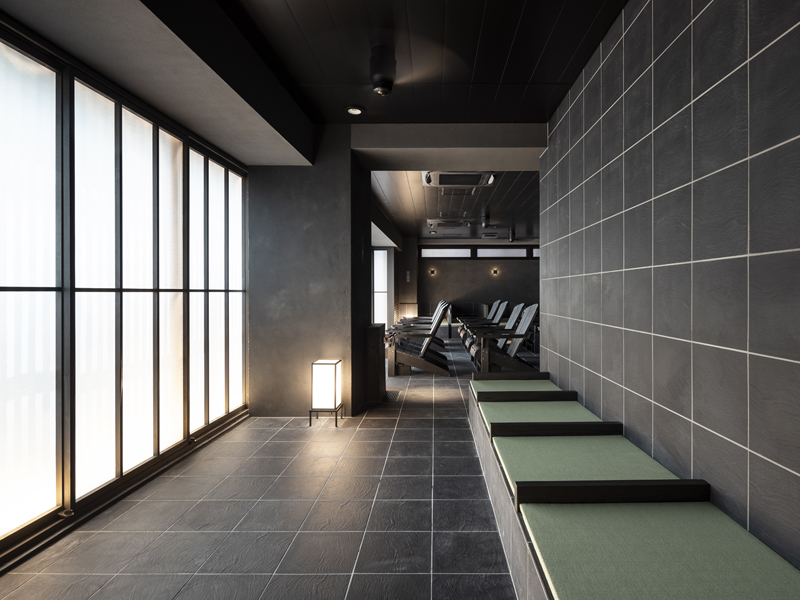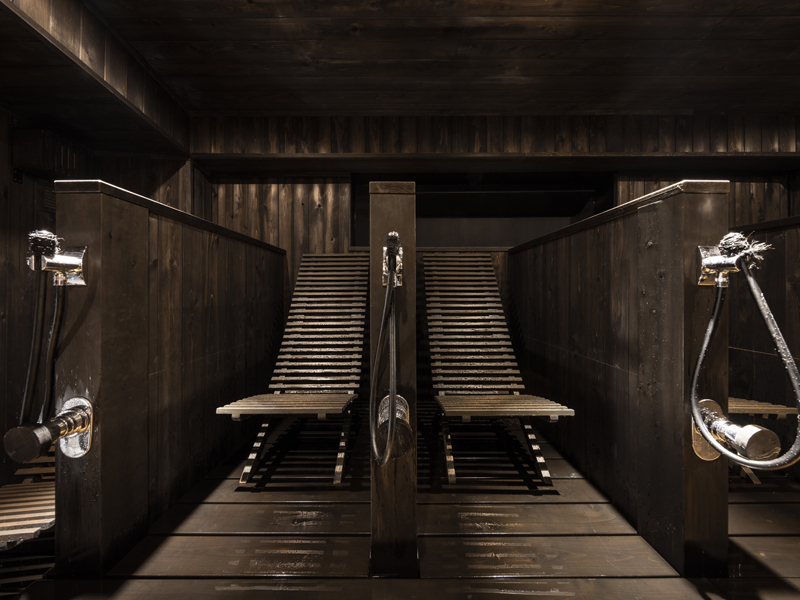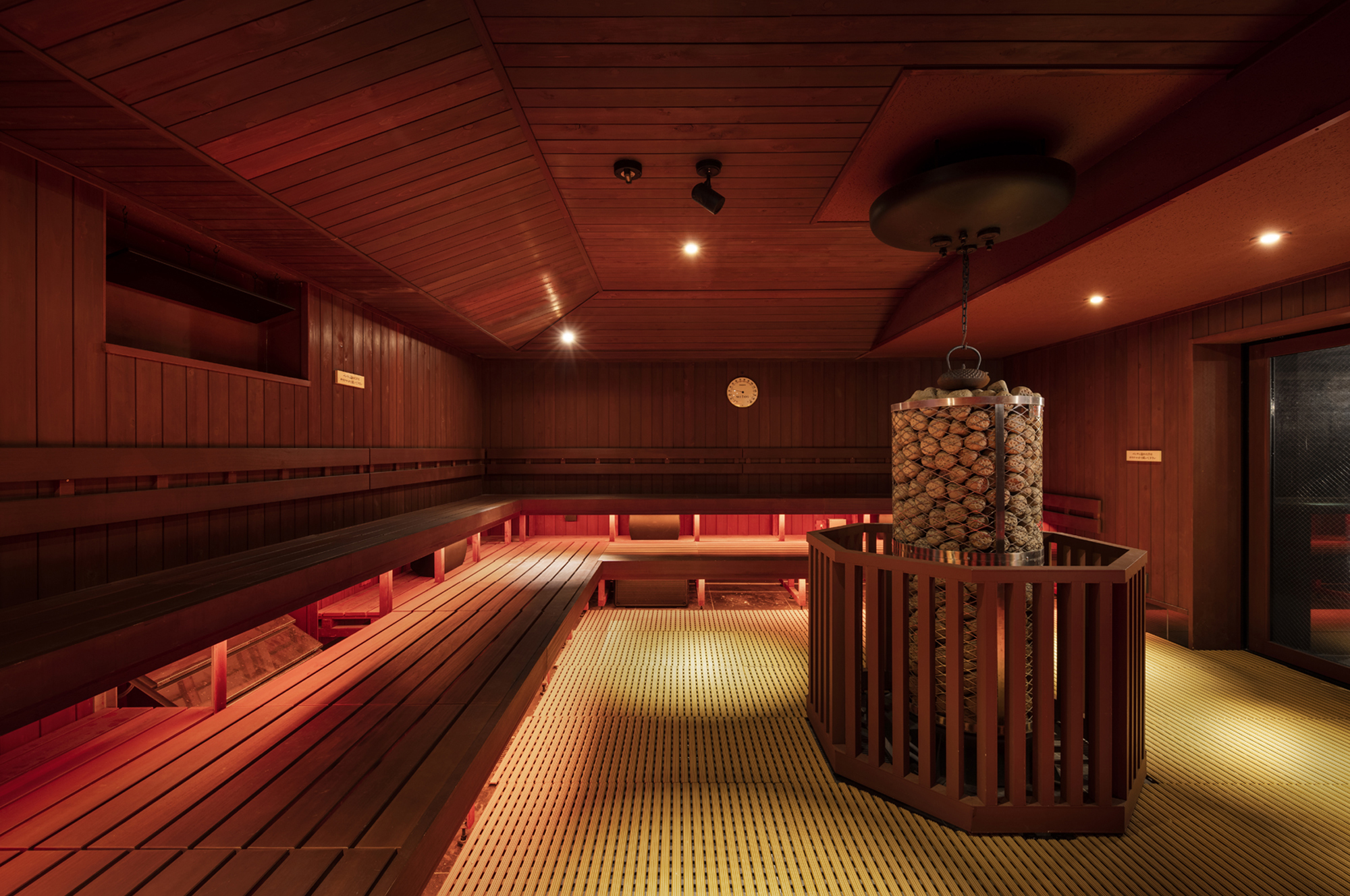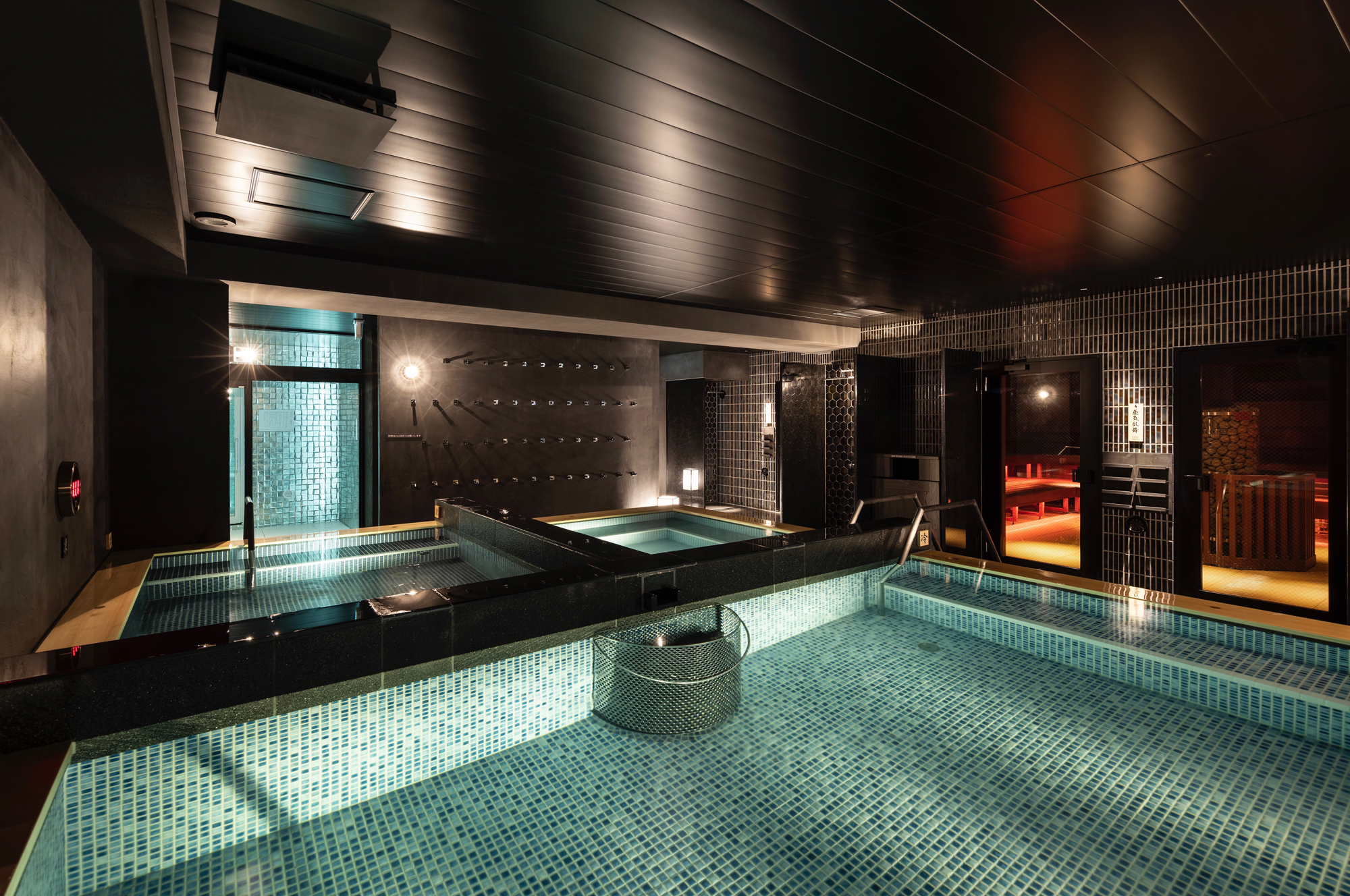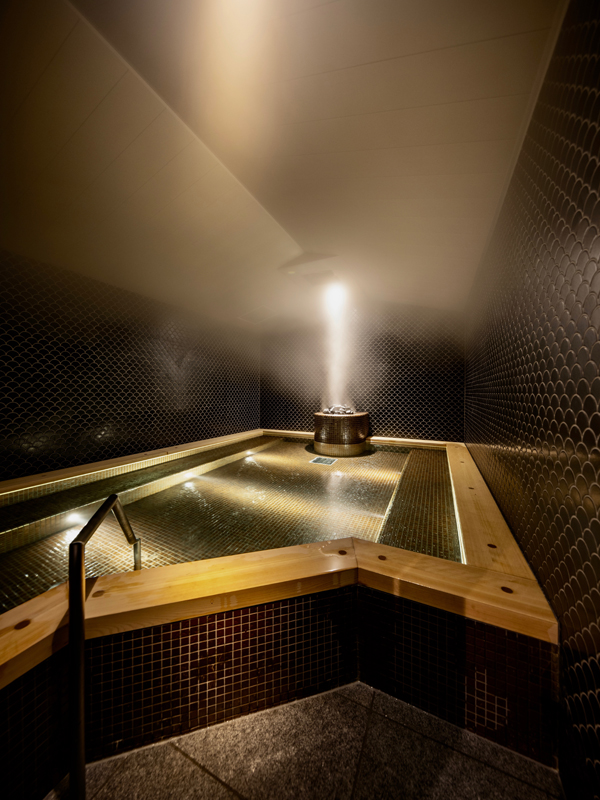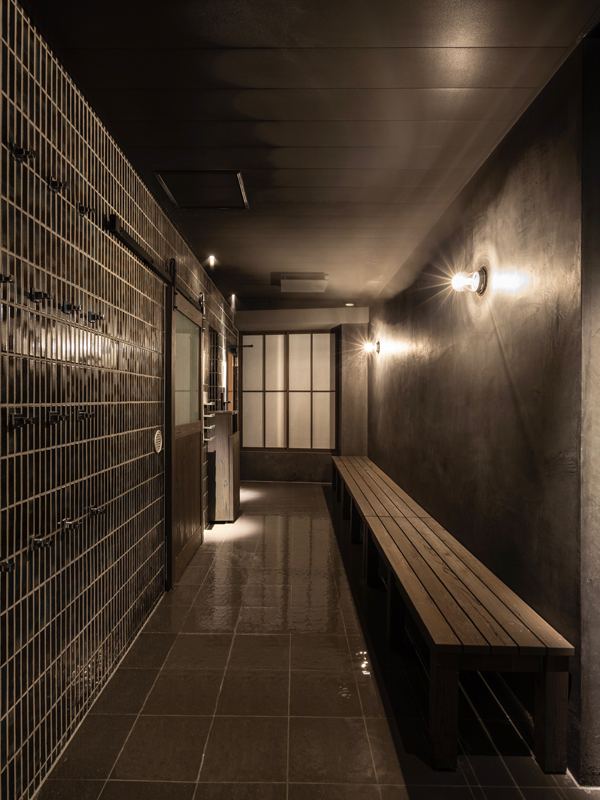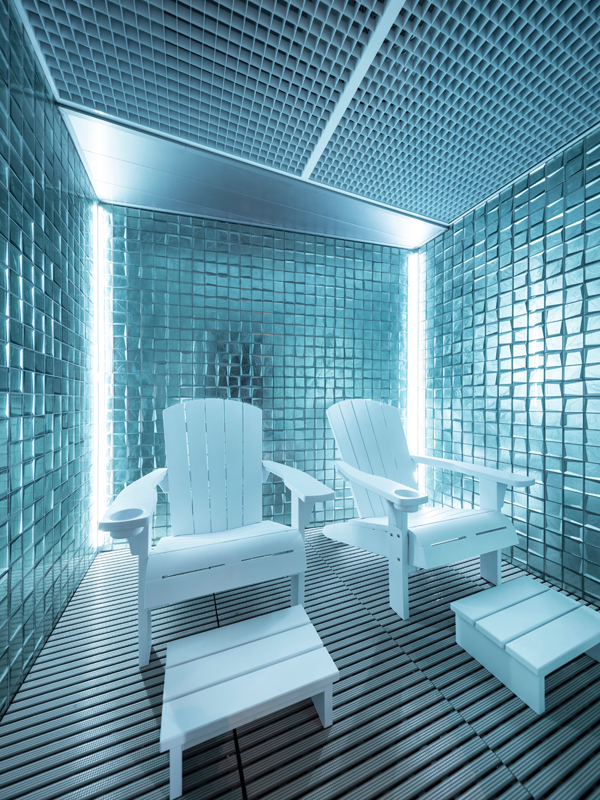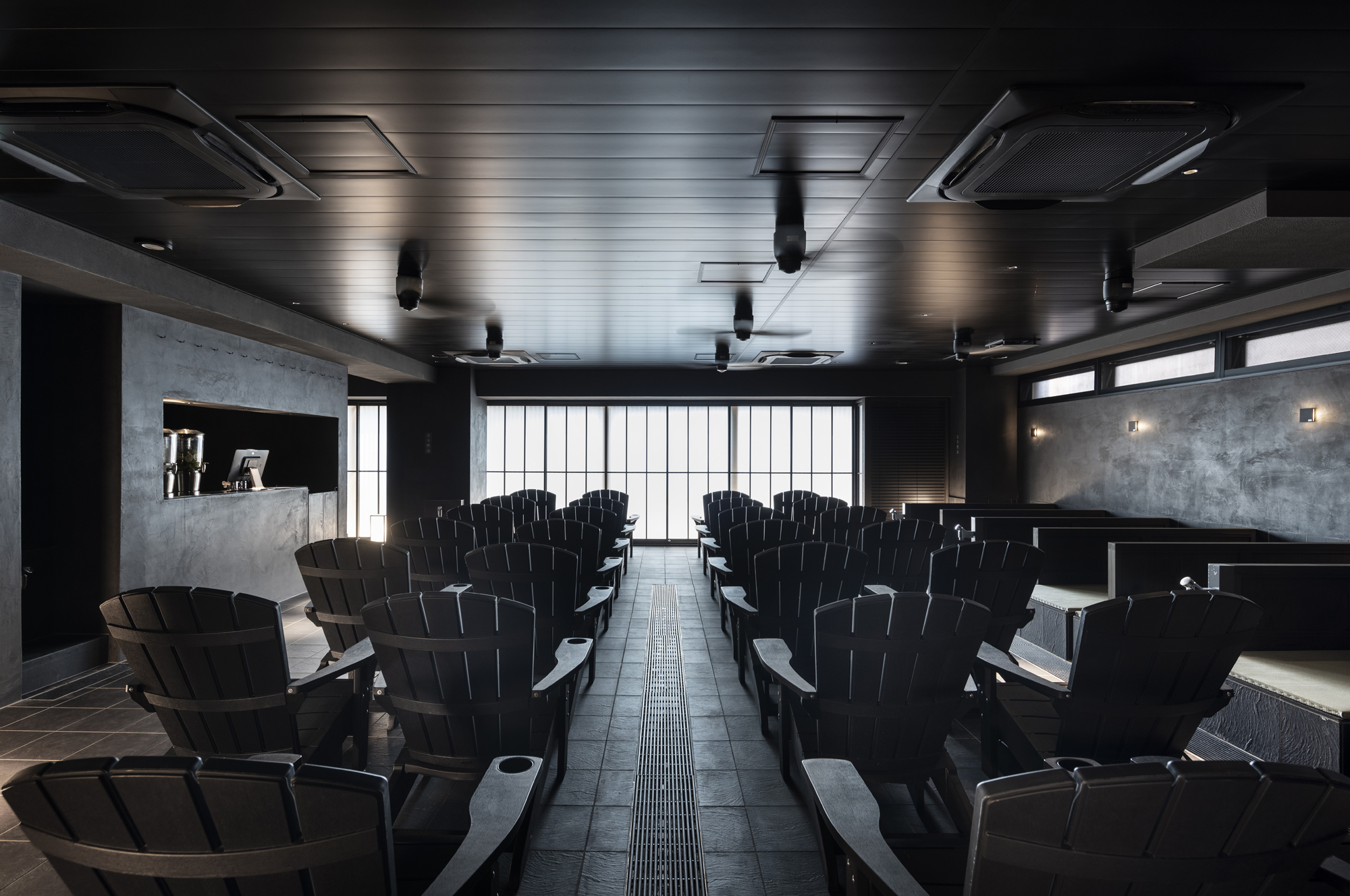
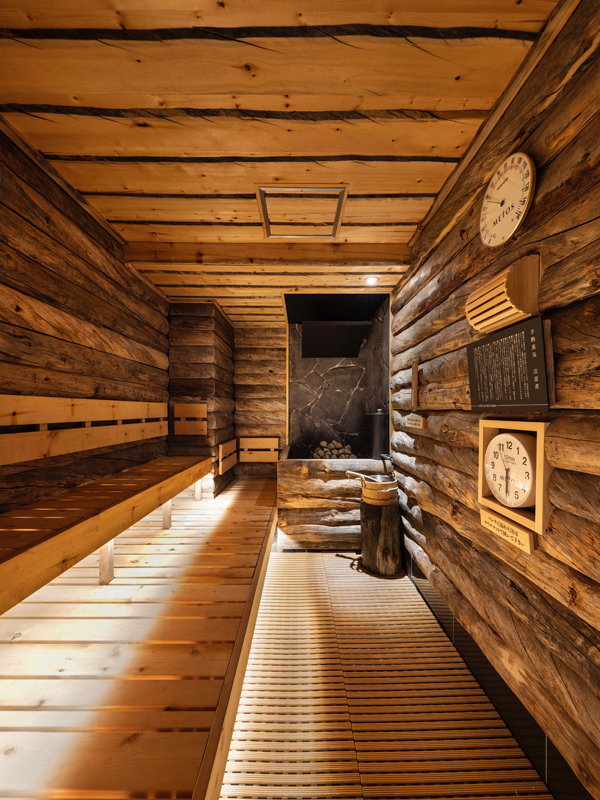
“The Japanese are skilled at independently developing and evolving foreign cultures they have imported.”
This is a commonly shared notion, and it can be said that the same applies to saunas, which were first introduced to Japan in the late 18th century. The modern sauna is believed to have originated in the Nordic and Russian regions, and its spread in Japan was triggered by the Finnish delegation who brought it during the 1964 Tokyo Olympics. From the start, the imported sauna spaces were customized with a Japanese touch, and both the clientele and the facility image differed significantly from what we see in today’s saunas. Over time, various styles of saunas have emerged, and after several waves of popularity, sauna content in Japan has evolved in its own unique way.
At “Sauna Tokyo,” we have focused on the rich variety of sauna spaces that have uniquely evolved in Japan, and we have set six distinct styles of sauna spaces that cater to high demands in Japan or represent Japanese interpretations. The design concept is called “Wa-ryu Sento Sauna,” where the spaces are based on Japanese aesthetics, each with its own individuality while complementing one another, yet still maintaining a cohesive atmosphere throughout the facility. The six types of sauna variations are as follows:
○ Auto Loyly Sauna (Steam Festival)
Steam Festival: A large-scale auto loyly sauna room over 30 m². The use of *bengara* (traditional Japanese red pigment) finishing, which enhances durability, brings a Japanese nuance to the space.
○ Self Loyly Sauna (Hand-Poured Steam)
Kelo Sauna: We use *Kelo* logs, a highly popular sauna material from Finland, for this self-loyly sauna.
○ Steam Half-Body Sauna (Cabinet Steam Bath)
Cabinet Steam Bath: This sauna room is reconstructed in the form of “half-body bath + steam bath,” inspired by the cabinet bath that became popular in the early Edo period.
○ Meditation Sauna (Meditation)
Meditation: By softly dividing the sauna room with wooden partitions to cut off visual lines, this sauna is designed to make it easier for users to enter a meditative state.
○ Far-Infrared Stove Sauna (Showa Era Far-Infrared)
Showa Far-Infrared: In the Showa period, hot and dry saunas were especially popular. We adopted a gas stove with far-infrared effects, which remains highly popular even today.
○ Cool Sauna (Cold Air Bath)
Cold Air Bath: This cold sauna, with a room temperature just above 0°C, is designed for cooling down after the hot sauna.
In addition to these, a large rest space (for indoor air baths) that can accommodate over 60 people features reclining chairs and *tatami* beds, with materials such as *hinoki* (Japanese cypress) handrails used in the carbonated baths to evoke a “Wa” (Japanese) image throughout the facility. The cold bath area features three separate baths, each with a different temperature setting, to cater to a wide range of user preferences. Additionally, in June 2023, an extension project was carried out to expand the basement area to include more dining and relaxation spaces.
The so-called sauna boom is not only happening in Japan but is spreading worldwide. With the client’s strong belief of “not letting the sauna boom end as a fad, but rather establishing it as a culture,” “Sauna Tokyo” continues to make minor updates to its programming and interior design details on a daily basis. We believe that these operational efforts and the resulting improvement in the quality of users will ultimately contribute to the formation of a true Japanese sauna culture.
